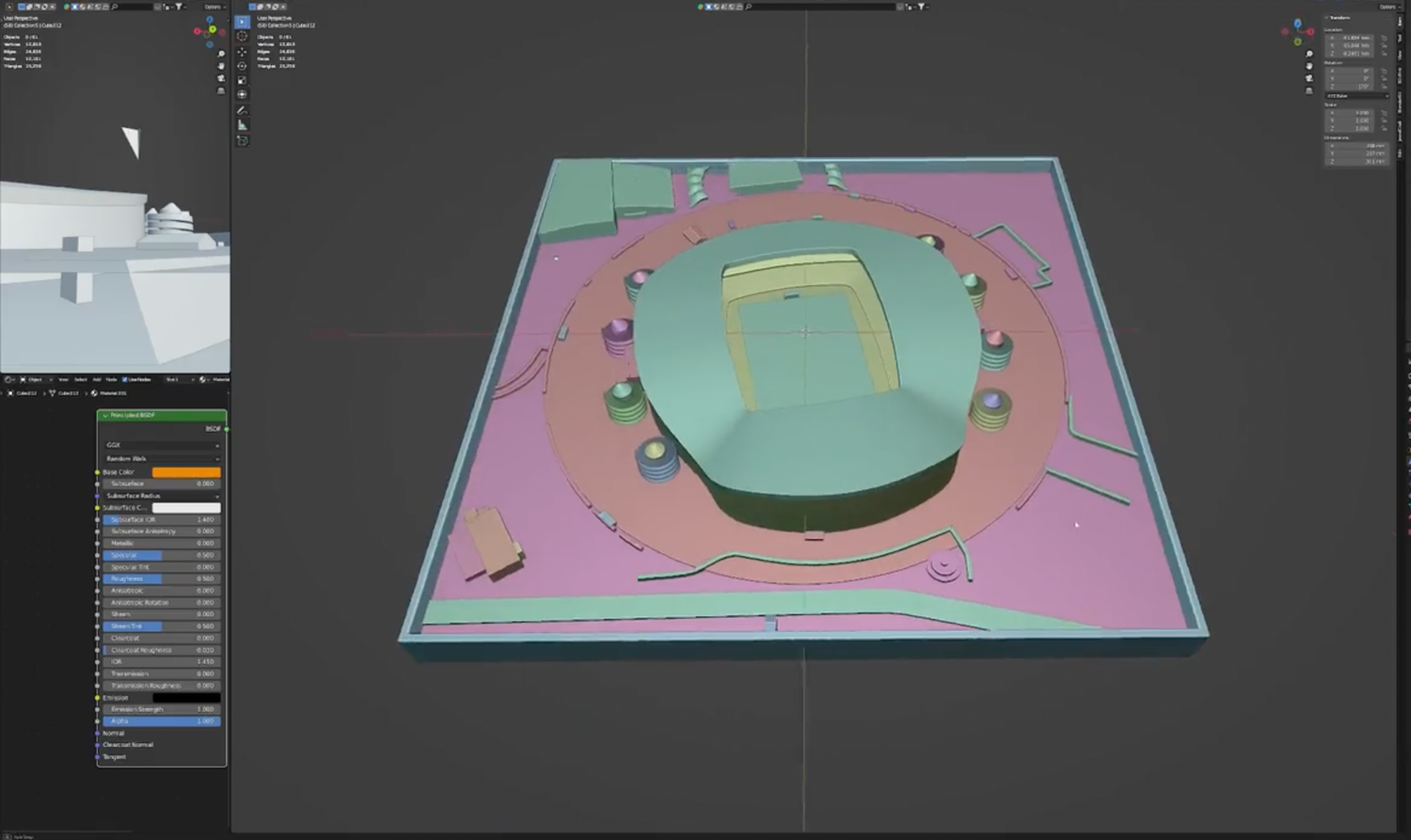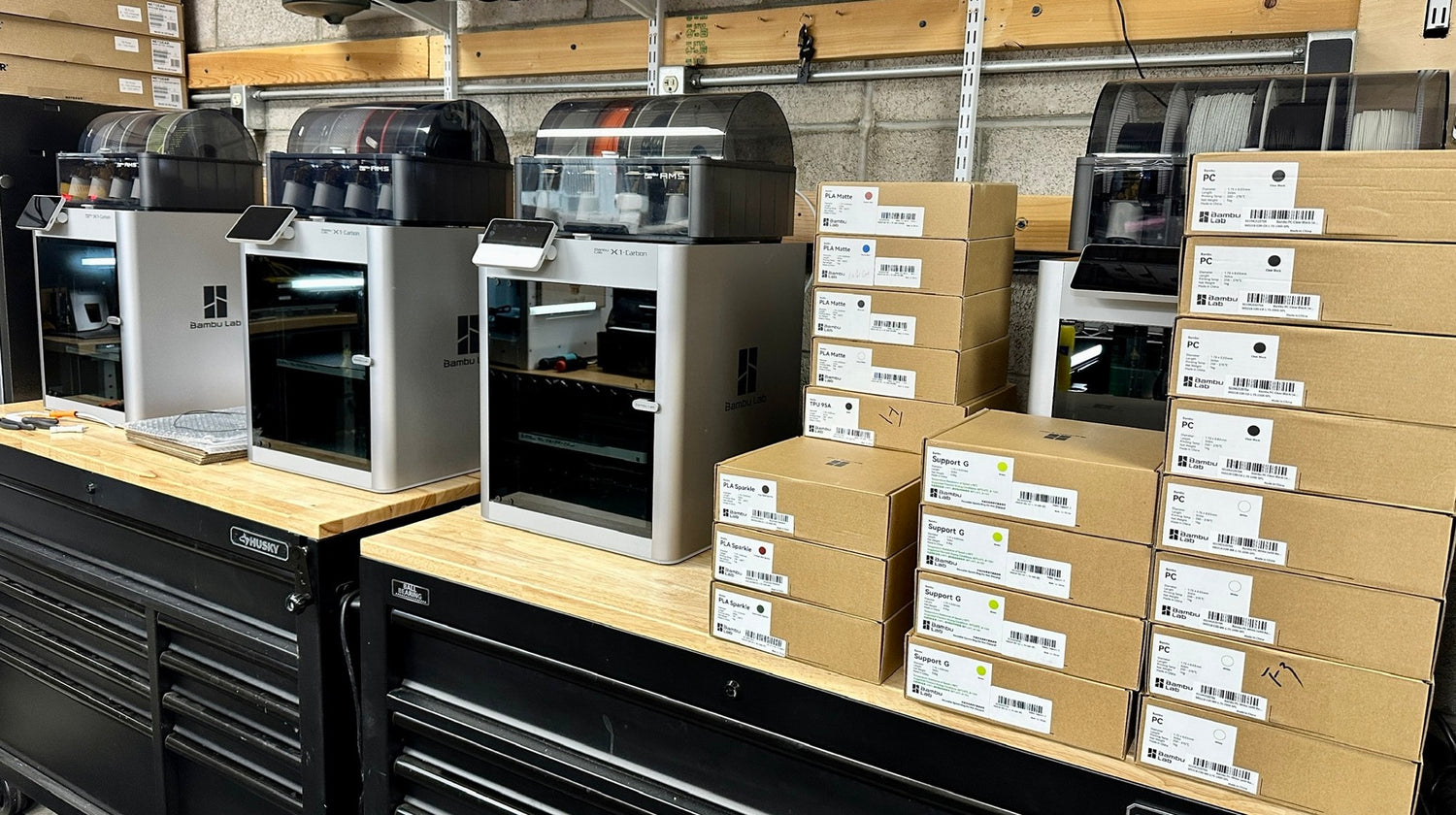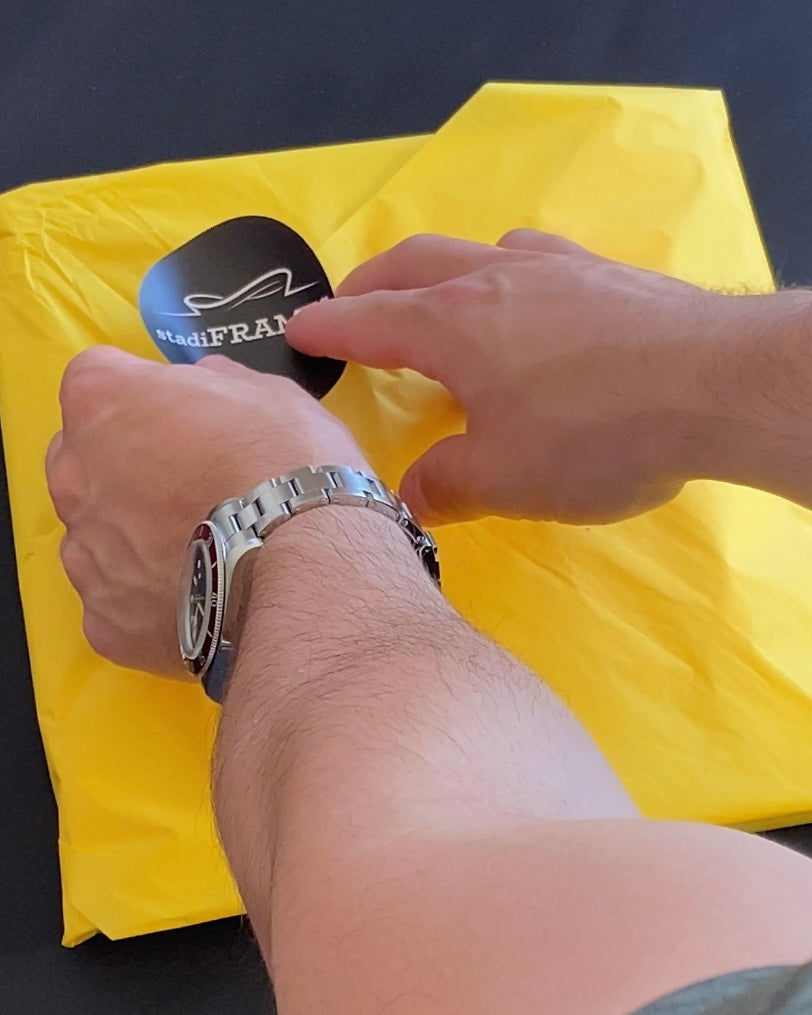OUR 3D DATA BUILDING JOURNEY - FROM A STADIUM TO ITS 3D MODEL

Source Data
We generate our base dataset by combining many different data layers. This varies from area to area but usually includes floor plans, digitalised stadium and immediate vicinity layouts, satellite imagery, Lidar data and more.
This gives us the ability to theoretically create a scale 3D model from every stadium/area/city on earth.

Adding The Detail
Once source data is processed its over to our designers to build the detail by hand, building by building, and the details of the iconic stadium shape start coming together. We compare our models, which have been mainly computer-generated, with the real-life photos, Google Earth and current images from social media as reference. This process takes many hours, but ensures high accuracy and outstanding details as well as refinement for ease of production.
New building projects and construction sites, like the new stand for the Liverpool Football Stadium are added using preview renderings produced by architectural firms, keeping our models as up to date as possible.

Refining & Optimising For 3D Print
Our design team have years of experience in 3D printing and understand exactly what our machines are capable of.
We optimise our 3D digital models to make them printable while staying as close to the real Stadium area as possible. Such process includes the refinement of structures like gantry & cables, overhangs & bridges, detailed facades and the base terrain.

Hand Assembly & Preparation
Once print production is complete, all models are subject to quality control checks for accuracy and finish. Models are then mounted into the frame by hand, and packed securely for shipping.


